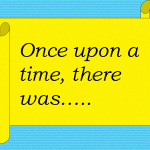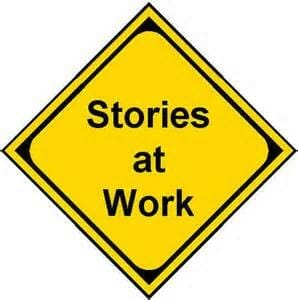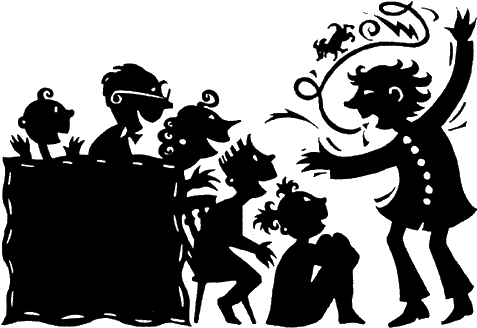 “I never really understood what our nonprofit did until I heard what we did for my friend.”
“I never really understood what our nonprofit did until I heard what we did for my friend.”
That was a Board member speaking.
Let Me Tell You a Story
The nonprofit the Board member (let’s call him Paul) served was trying to end poverty in the local community. Preventing evictions, and keeping people in their homes, was a key to keeping families from sliding into poverty.
Paul had joined three years earlier. He had faithfully attended Board meetings every month. Then, somebody he knew personally lost his job and couldn’t pay the rent. The friend and his family were threatened with eviction. Desperate, they called Paul. He called the program staff.
Paul followed the case over the weeks and months. He heard how the staff helped his friend go to court and get more time. Then, they helped the friend apply for help paying the rent…and the heat, gas, and electric bills.
Still, without enough income, the friend could not afford to stay in that apartment. If he did nothing, he and his family would end up on the street. Paul watched in amazement as the organization where he served on the Board found his friend a new place with a lower rent and helped move his family in.
Attending Board meetings had not shown Paul the real reason the organization needs to exist. He found that out from his friend’s story.
Tell the Story First
Why do people need your services? What are you trying to do? This is what Andy Goodman calls the “Nature of Our Challenge Story.” Do you really want to show why your work matters? Don’t give me facts and figures. First, tell me a story.
This is hard advice for nonprofits to take! We are so used to being told we are “soft-headed idealists” and challenged to produce data. The truth is that funders who demand measurable outcomes are pushing us in the wrong direction. Even they need to understand why our work matters before they can tell how much. The why is a story.
What’s important when we talk with funders is crucial when we reach out to donors. If you want me to act, you have to touch my heart. Storytelling is the most powerful way to do that. As Network for Good tells us,
Donors tend to give twice as much when presented with a story about an affected individual, as opposed to reading huge abstract numbers of the overall scope of a problem.
What Makes a Tale a Story?
Not every way of saying what happened is a story. Let’s quote Andy Goodman again: “To make sure you cover all of the basics of story structure here are the beginnings of 7 sentences that can help you with the process.”
- Once upon a time… (This starts the story off and introduces our protagonist)
- And every day… (This will set up how life was before the Inciting Incident)
- Until one day… (This begins the action of the story with the Inciting Incident and the Goal)
- And because of this… (This introduces the barriers or obstacles the protagonist faces)
- And because of this… (There could be several barriers)
- Until finally…(This ends the story with the Resolution)
Let’s try that out! In the Comments section, take a stab at telling the “Nature of Our Challenge” story for your nonprofit. More than 1100 readers of this blog can give you advice on how to make your storytelling better…and I will chip in, too.
Why does your work matter? Tell us the story!


